2024-D^3CTF-Web-WP和复现
Web
Stack-Overflow
大致流程就是通过栈溢出将PIE write到stdout从而泄露PIE,然后通过溢出执行read覆盖cmd,从而实现RCE
这题附件和远端环境还不一样,真搞人。。。
EXP如下,最后直接访问index.html就好了
1 | import requests |
doctor(复现)
新知识点
- go embed
参考:https://zhuanlan.zhihu.com/p/351931501
这是go1.16中引入的新特性,通过//go:embed指令,可以在编译阶段将静态资源文件打包进编译好的程序中,并提供访问这些文件的能力
例如:
1 | //go:embed dist/* |
作用:将静态资源打包入二进制程序,防止静态资源丢失以影响程序执行,常用于Go模板、静态web服务、数据库迁移等
使用:
在embed中,可以将静态资源文件嵌入到三种类型的变量中,分别为字符串、字节数组、embed.FS文件类型中
- 读取文件到字符串中
1 | package main |
- 读取文件到字节数组中
1 | package main |
使用
embed.FS管理目录这里主要涉及三种方法
1
2
3
4
5
6
7
8// Open 打开要读取的文件,并返回文件的fs.File结构.
func (f FS) Open(name string) (fs.File, error)
// ReadDir 读取并返回整个命名目录
func (f FS) ReadDir(name string) ([]fs.DirEntry, error)
// ReadFile 读取并返回name文件的内容.
func (f FS) ReadFile(name string) ([]byte, error)一个用于展示static目录的demo
1
2
3
4
5
6
7
8
9
10
11
12
13
14
15
16
17
18
19
20
21
22
23
24
25
26
27
28
29
30
31
32
33
34
35
36
37package main
import (
"embed"
_ "embed"
"io/fs"
"log"
"net/http"
"os"
)
func main() {
useOS := len(os.Args) > 1 && os.Args[1] == "live"
http.Handle("/", http.FileServer(getFileSystem(useOS)))
http.ListenAndServe(":8888", nil)
}
//go:embed static
var embedFiles embed.FS
func getFileSystem(useOS bool) http.FileSystem {
if useOS { // live模式类似于hot-deploy, 直接读取宿主机环境上的static目录进行显示
log.Print("using live mode")
return http.FS(os.DirFS("static"))
}
log.Print("using embed mode")
// 直接使用打包进二进制程序的static目录
fsys, err := fs.Sub(embedFiles, "static")
if err != nil {
panic(err)
}
return http.FS(fsys)
}
d3pythonhttp(复现)
考点:JWT鉴权绕过、请求走私、pickle反序列化
代码审计
鉴权依靠jwt,在/login路由下生成jwt的token,在/admin路由下进行verify_token
一开始想着怎么进行fronted_key泄露,其实这是一个逻辑洞的绕过
根据JWT的结构,头部部分可以进行伪造,而key的获取是依靠于头部中的kid字段来确定的,即我们可以随便指定一个路径使得get_key触发异常直接pass,然后返回空
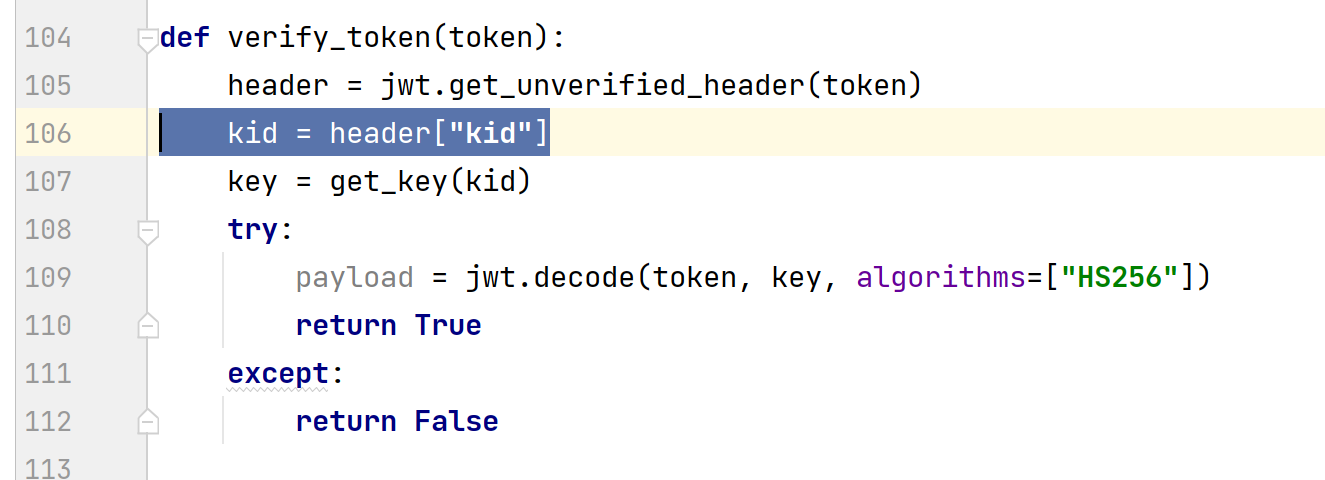
走私绕过
前后端中对于Backdoor..字符串的处理不同,我们需要利用前端和后端对于TE的解析差异进行走私
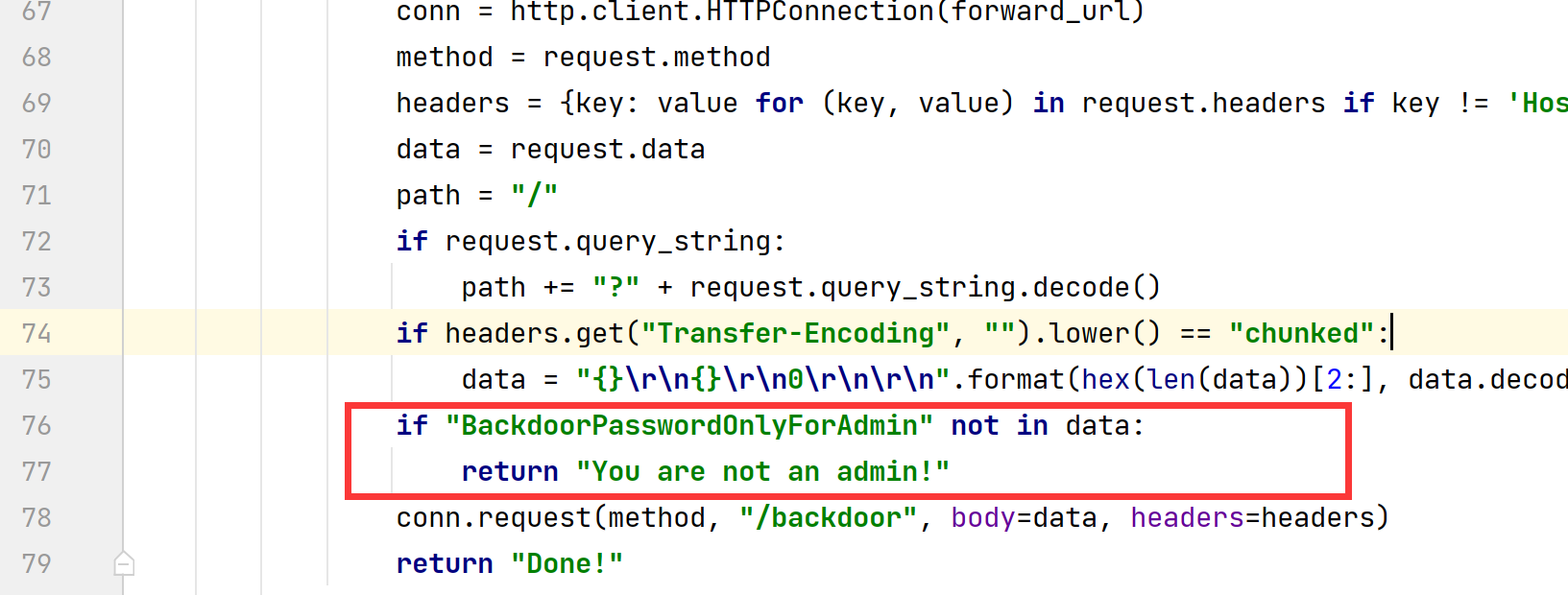
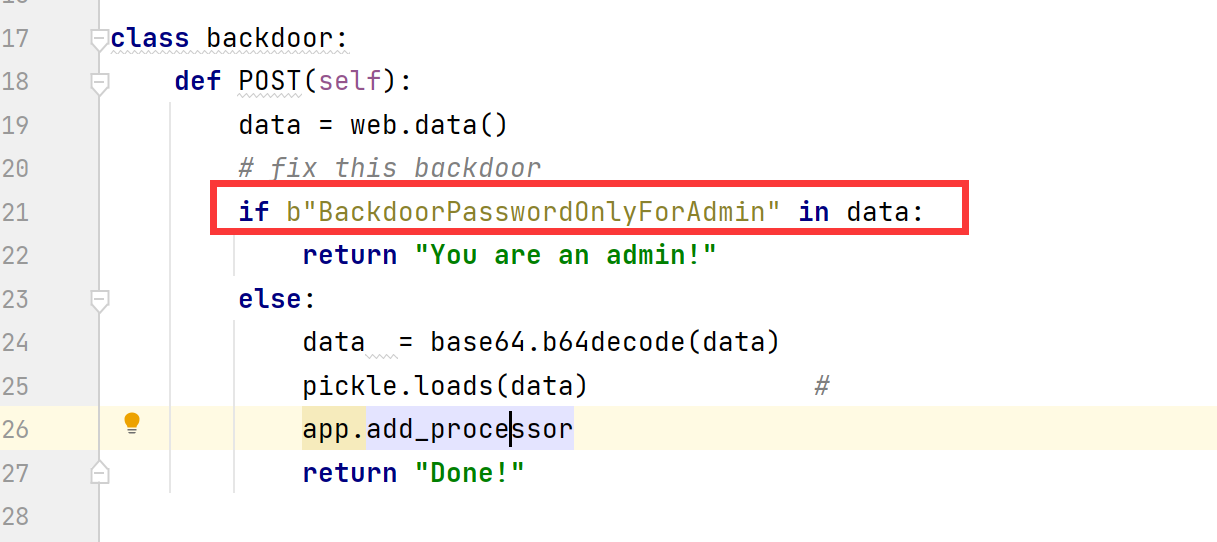
对于TE头的具体解析差异如下:
前端全转小写

后端对大小写敏感

也就是说,我们可以使用大小写使得TE头在前端成功解析,但是在后端使用CL解析,即TE-CL走私
- 关于TE头
设置了 Transfer-Encoding: chunked 后,请求主体按一系列块的形式发送,并将省略 Content-Length。在每个块的开头需要用十六进制数指明当前块的长度,数值后接 \r\n(占 2 字节),然后是块的内容,再接 \r\n 表示此块结束。最后用长度为 0 的块表示终止块。终止块后是一个 trailer,由 0 或多个实体头组成,可以用来存放对数据的数字签名等。
格式如下:
1 | [chunk size][\r\n][chunk data][\r\n][chunk size][\r\n][chunk data][\r\n][chunk size = 0][\r\n][\r\n] |
例子:
1 | POST / |
1 | POST / HTTP/1.1\r\nHost: 1.com\r\nContent-Type: application/x-www-form-urlencoded\r\nTransfer-Encoding: chunked\r\n\r\nb\r\nq=smuggling\r\n6\r\nhahaha\r\n0\r\n\r\n |
webpy下的内存马
算是第一次碰到这个框架
查看源码,可以发现有processors的变量,类似于一个filter的用法
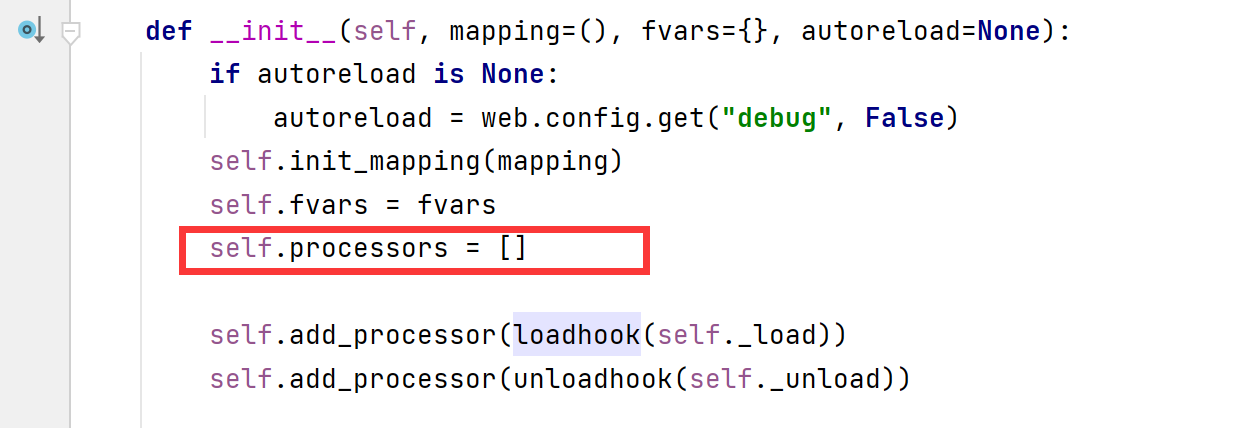

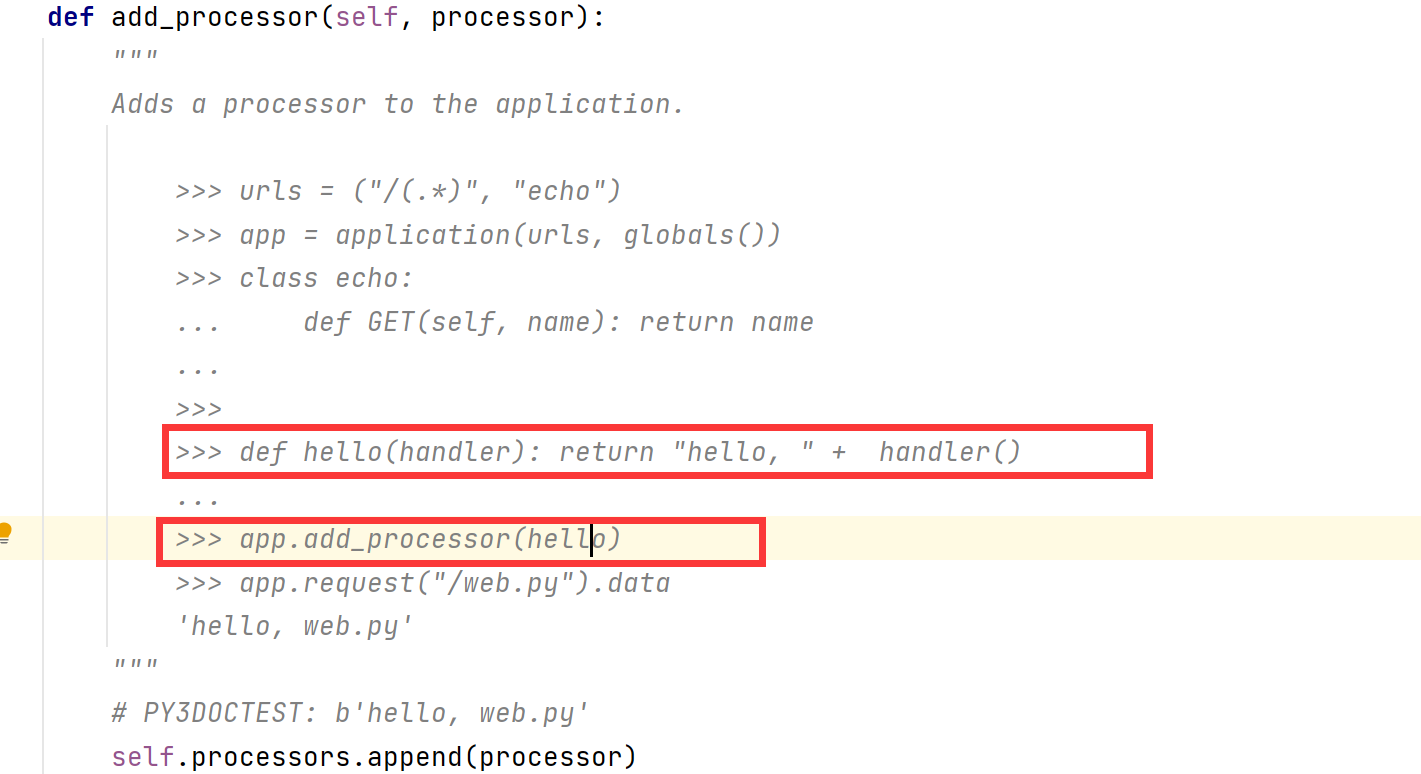
生成opcode,添加一个Processor进去
1 | import pickle |
EXP
感觉使用bp很容易出问题,所以想方设法使用脚本发包
1 |
